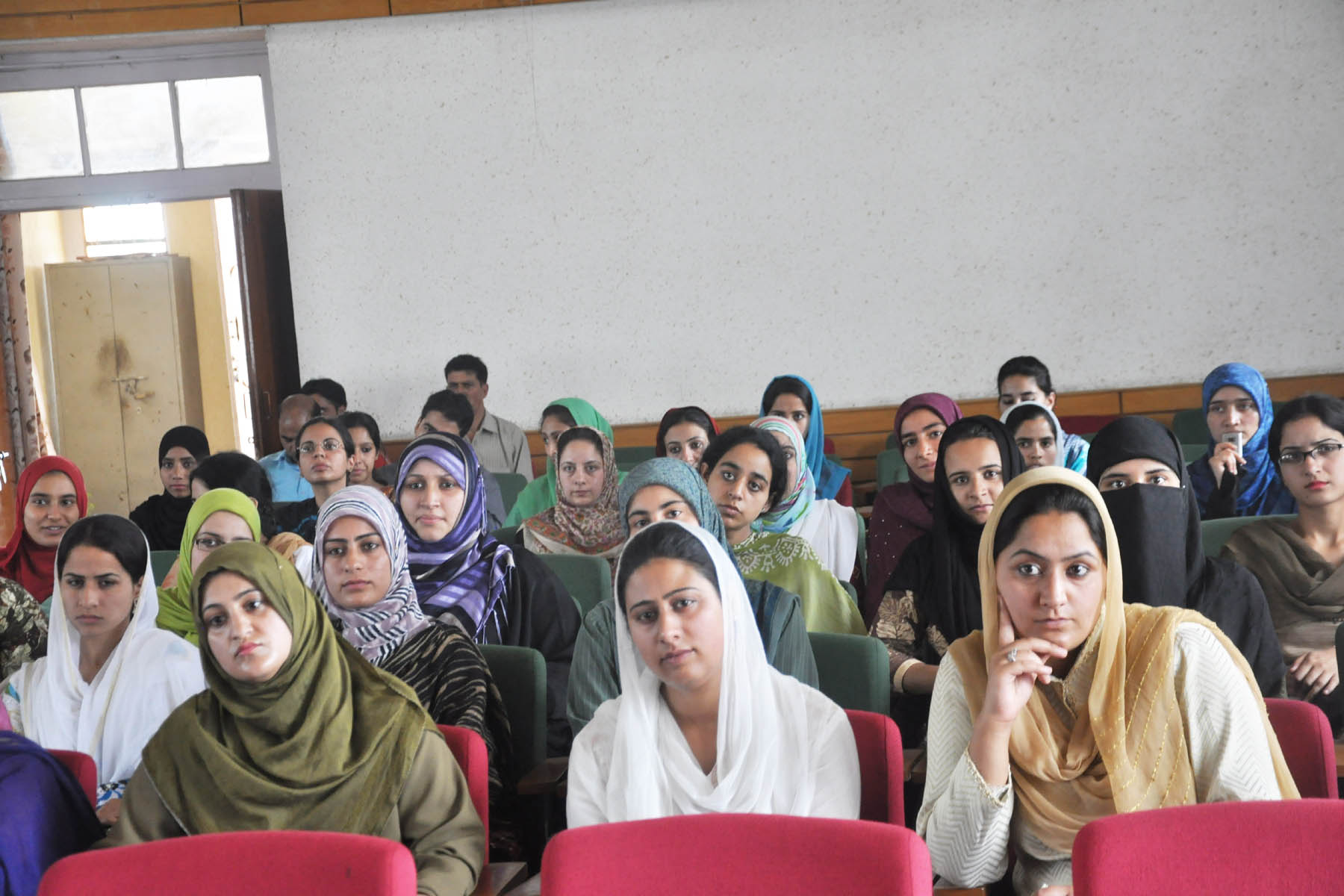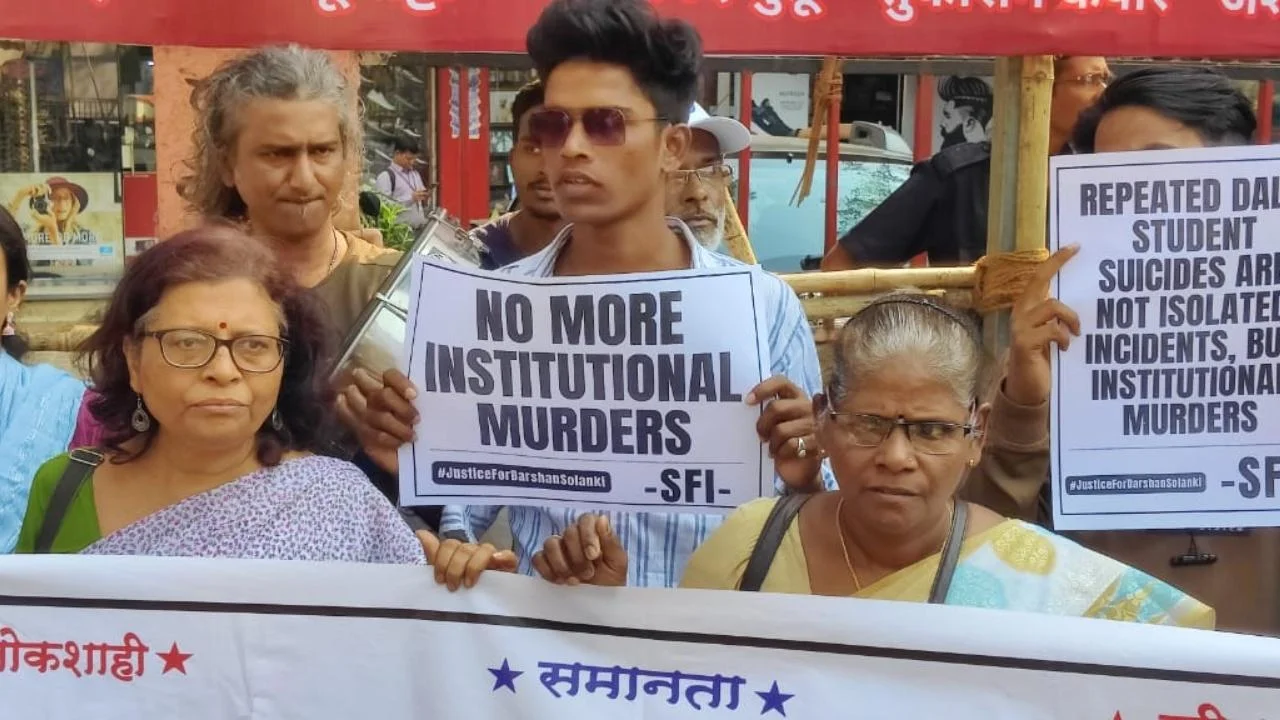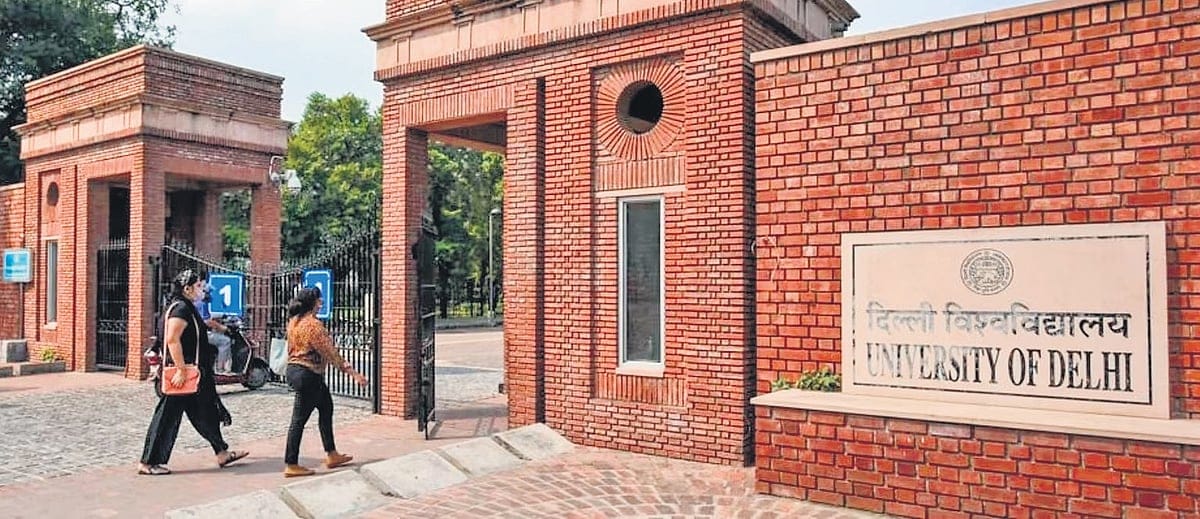Sexual harassment has been a part of academic experiences for long. Yet while eulogizing academic achievements of an institution, this dark aspect is never spoken of.
One of the highlights of 2017 was undoubtedly Raya Sarkar’s list of alleged sexual predators which opened a Pandora’s box of harassment in educational institutions. A stream of incidents of harassment surfaced from educational institutes. In places where that didn’t happen, the list at least compelled many to rethink safety and acceptable behaviour at colleges and universities, inspiring conversations around the issue. But the universities in the valley are yet to see discussion directed towards the issues.
Barely six months into her PhD at Kashmir University, Saima* started noticing her professor’s friendly concern was more than just that. It was a demand for a sexual favour that she wouldn’t be able to reject. She avoided this till her thesis submission date arrived. Finally, she negotiated a lunch date.
Once her degree was awarded, she never returned to campus while he worked there. Last year, when the harassment on campus was in news, Saima was surprised that none of the names in the List was from any university in Kashmir. Saima posted #MeToo on her Facebook profile. It went unnoticed.
By now, Saima assumed that the problem to have been wiped out with newer regulations since the Vishaka guidelines, except that the regulations alone did not help. The ways of demanding favours did change for the worst.
Azra, a scholar in the law department, alleges that now there is a hierarchy, at the bottom of which are students. “A senior student can lure juniors by notes and demand favours. Similarly, the faculty does the same with scholars and students both in return for the important questions for exams,” says Azra. It’s a vicious circle, she states.
The redressal mechanism
No sooner had Azra come to know about a professor in her department sending inappropriate texts to female students, she raised a complaint before the department. They were only pressured into taking a step only when she threatened to put the issue before media.
there is a hierarchy, at the bottom of which are students.
The harassment is not necessarily from staff to student. The problem percolates deeper among the students.
After completing her bachelor’s degree, Marieya Mushtaq joined the ‘Women and law’ course hoping to learn more about legal redressal of gender-related issues. Unfortunately, her tenure at the campus brought us face to face with more instances of gender in-sensitization as opposed to what she had expected.
Marieya was taken aback by how the instances of harassment are taken to be routine on campus and has largely gained acceptance among all. The men, she recalls, would pass by in their cars and pass comments, while the women would quietly pretend to ignore it. “The best response I was told by all was silence,” she says. The day she chose to break her silence was when she had to face the music.
She stood up to a group of men commenting on her. Instead of feeling ashamed at their behaviour, the emboldened group complained against her to the proctor stating she had been creating a fuss.
Also Read: Students From Kashmir University Tried To Protest About Sexual Harassment. Here’s What Happened.
Marieya was called to the office where she was initially addressed to by a male proctor and some other men. “I was told that the campus was the safest, unlike JNU, from where they presumed I had come from,” says Marieya. The case was shut and there was no looking further into the underlying cause of the problem.
That the presence of these regulations or mechanisms won’t help unless the people in positions of power change their mindsets is an opinion held by most women in campus. Most women spoken to about the complaints redressal were unaware of who to complain to when they experienced catcalling, indecent remarks, stalking or unsolicited sexual advances.
Slut-shaming on campus
Before Marieya’s complaint was dismissed, she was told that the committee had assessed her character by her manner of sitting. Given the overall understanding of gender in the university, the committee’s remarks on Marieya were not so unexpected believes Bazilla, a student from the same university. “Slut shaming is extremely rampant in the campus. More than my academics, my professors are more worried about my marriage. They keep asking me that given my ‘behaviour’, how would any guy accept me at all?,” says Bazilla.
Besides the unsatisfactory response to complaints, segregation is another form of visible aggression that the students need to deal with. If not entirely prohibited, the inter-gender interactions are discouraged within and outside classrooms. The university, for many students, becomes the first place where they interact with other women and men, and hence a microcosm of social worlds.
Bazilla had to hear all sorts of slurs from her professors for being friends with men. During one of her classes, she was told that her conduct was suitable for a bedroom and not a classroom, all because of her male companionship, she alleges. “Why at all is the university a co-ed institution at all?” asks Bazilla.
instances of harassment are taken to be routine on campus and has largely gained acceptance among all.
“Does all of this add up to harassment?” asks Mehwish, a Psychology student. She was once followed by a group of male students to the canteen who kept passing comments about her skinny jeans. Her question indicates lack of understanding of what constitutes harassment.
She and many other women find themselves amid the blurry boundaries of what is acceptable and what is not. Instead, she found herself guilty for dressing up in skinny jeans. “Such behaviour seemed a part of the routine. Although when I thought of complaining on another occasion, I was told I needed to go to proctor,” says Mehwish.
In 2006, the university established a Women’s Study Centre with an aim “to educate the community about gender issues and to provide a safe psychological and physical space for all women and men interested in gender issues”.
The university did not have any gender sensitization committee till, in 2016, the women’s Study Centre pushed to establish a sensitization body, Gender Sensitisation Committee Against Sexual Harassment (GSCASH). While its establishment might be seen as a positive change, it is rather invisible on the ground. Its constitution or the procedure to file complaints is still not mentioned anywhere on the official website, against to what the Director of Women’s Study Centre, Professor Nilofar Khan, claimed previously.
Like its absence on the website, the students and the staff of the campus remain oblivious to the sexist overtones everywhere. From their website, the focus of their work seems to be more on macro-level issues, ignoring the basics. Their work remains confined to conducting workshops every now and then. There is yet to be a conversation on how these incidents result in emotional and academic stress among students and scholars.
Prof Khan was contacted several times to discuss the problem but did not respond.
Also Read: Pinjra Tod Protests Against Absence Of ICCs In DU Colleges | #MakeMyCampusSafe
This piece is part of our series #MakeMyCampusSafe in collaboration with Newslaundry.
Featured Image Credit: University of Kashmir
*Names have been changed to protect identities.
About the author(s)
A teacher and a learner.




